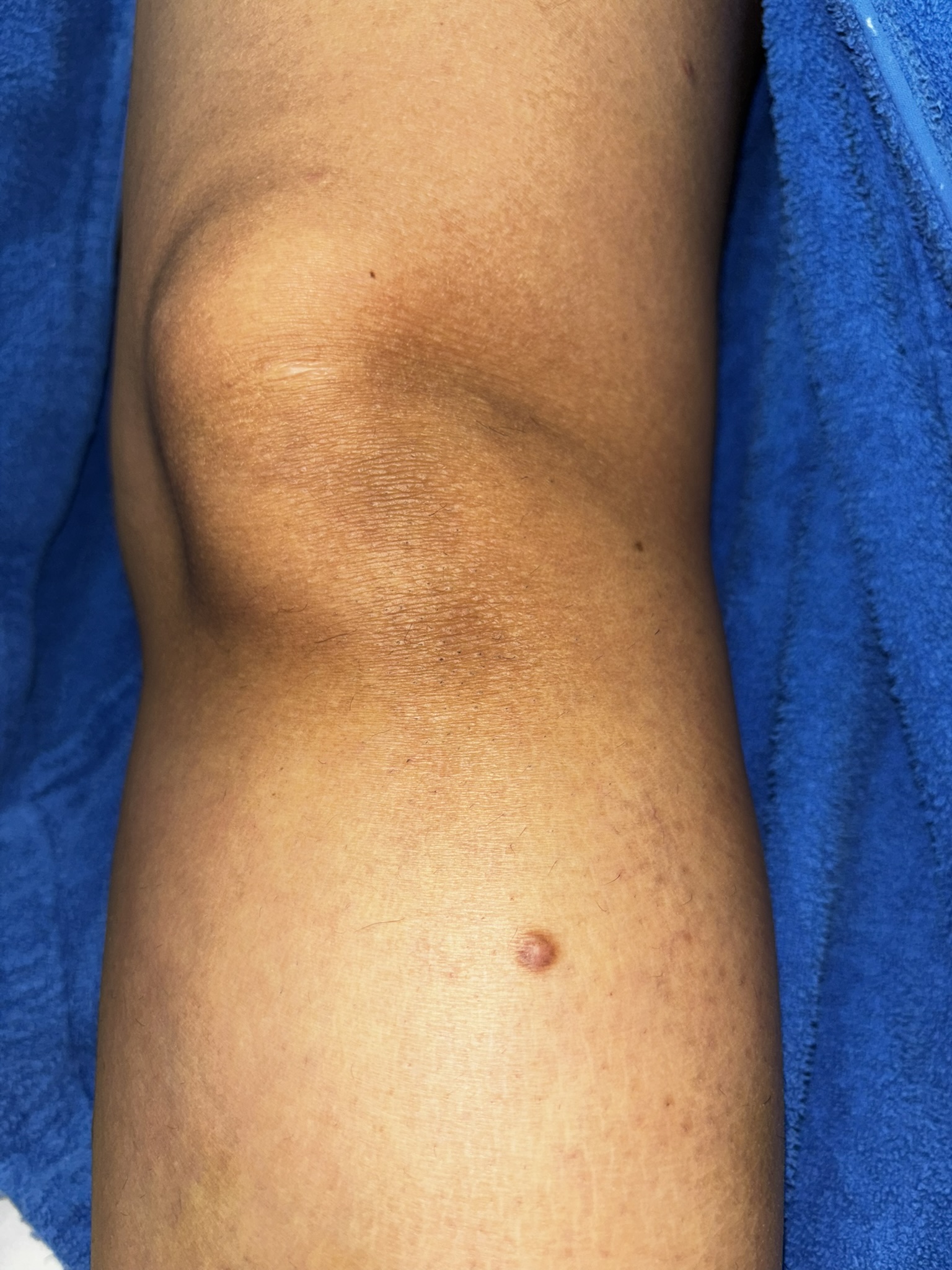Dermatofibromas are common benign skin tumors that appear as small, raised, and brownish growths on the skin. Though not usually harmful, dermatofibromas can be bothersome, especially if they grow in visible areas or become irritated.
In this blog, we will take a deep dive into what dermatofibromas are, their causes, symptoms, and treatment options, with a particular focus on the surgical approach available at MACS Clinic.
What is Dermatofibroma?
A dermatofibroma is a benign (non-cancerous) growth of fibrous tissue that typically develops on the skin. These growths are composed of collagen and fibroblasts, which are cells involved in wound healing. Dermatofibromas most commonly appear on the arms, legs, or back, and while they can occur in people of all ages, they are most often seen in adults, particularly women.
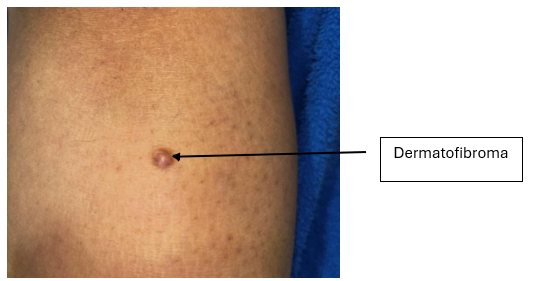
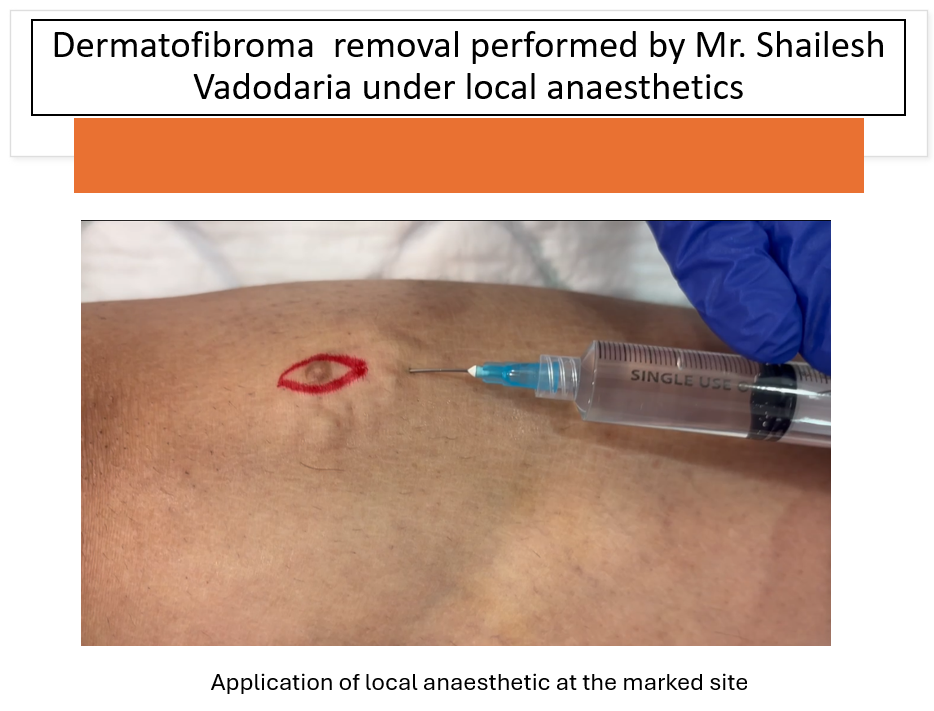
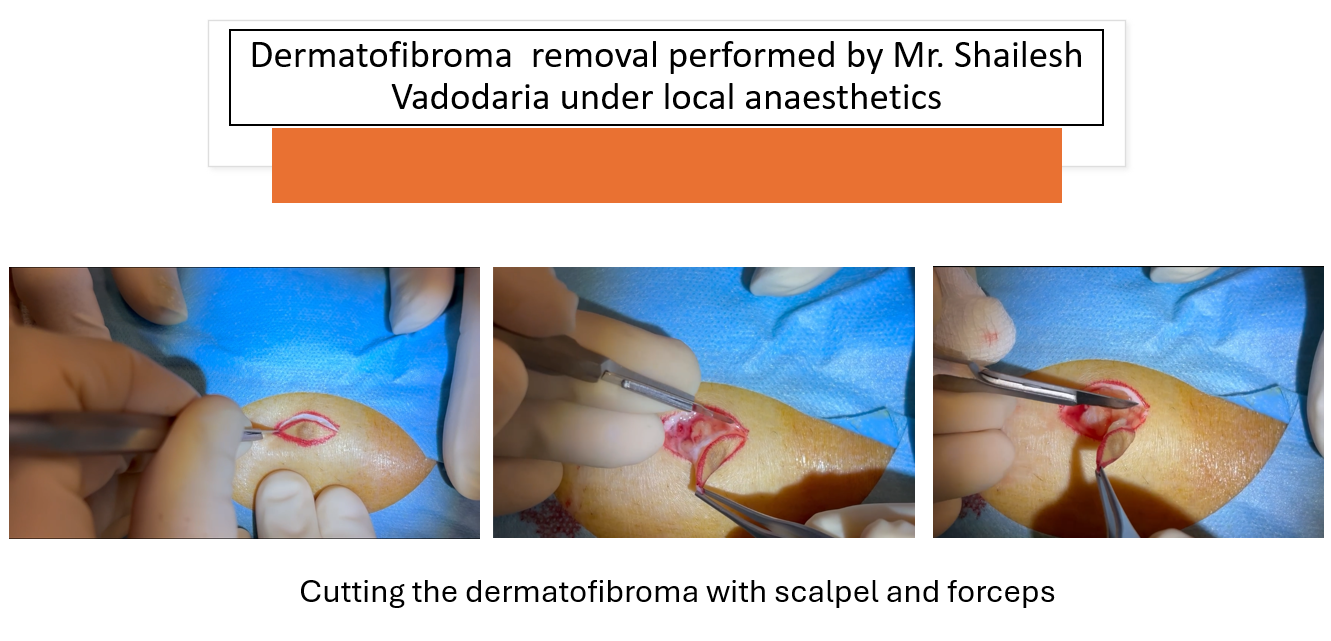
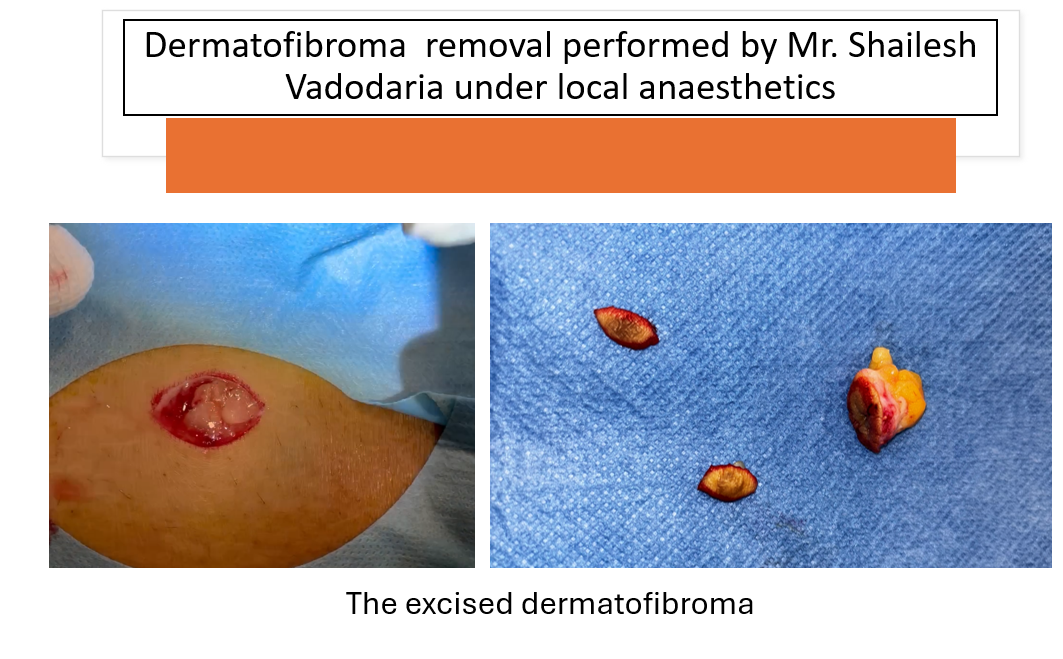
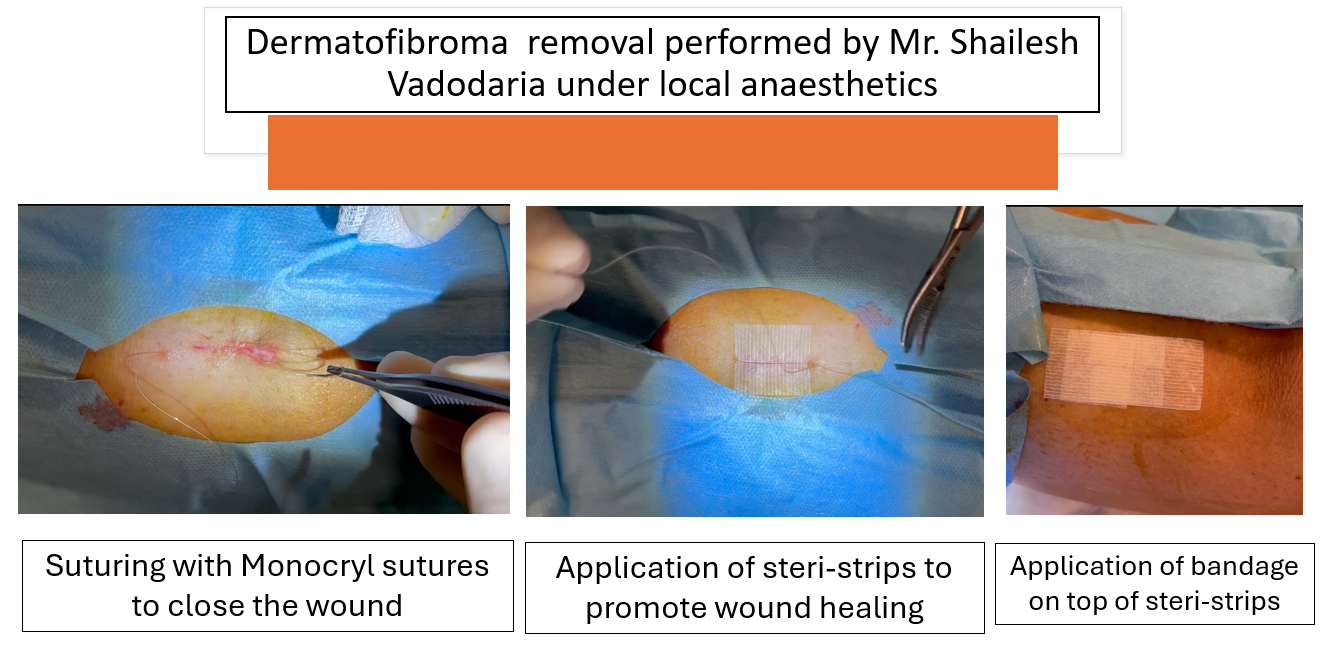
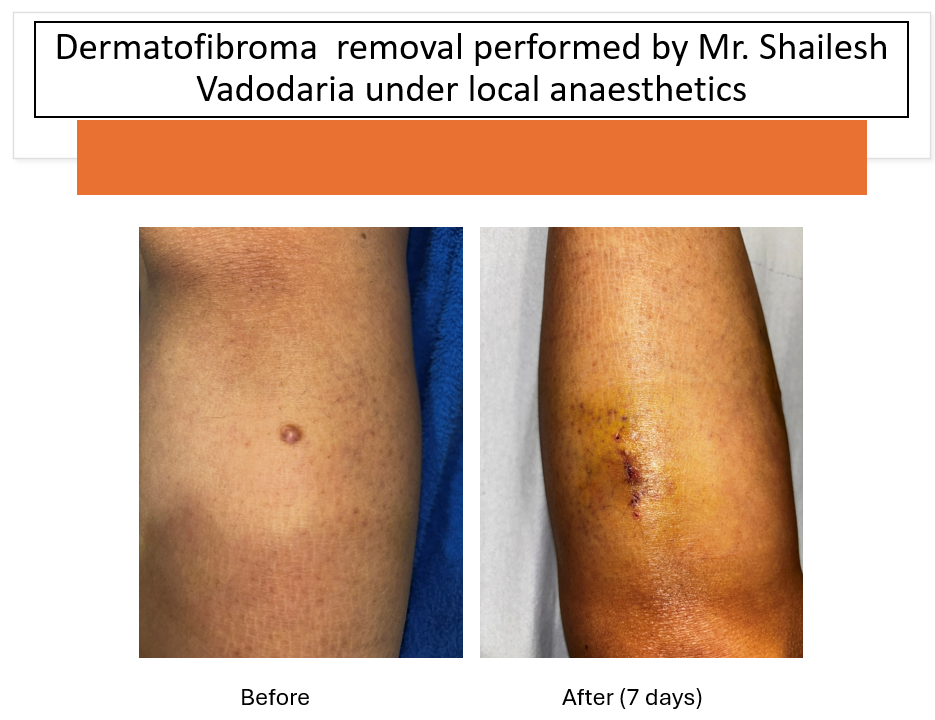
Characteristics of Dermatofibromas:
- Size and Shape: Dermatofibromas are usually small, ranging from 0.5 cm to 1.5 cm in diameter. They are typically round or oval in shape and may appear raised or flat.
- Color: The color can vary from brown to reddish-brown or tan, depending on the individual’s skin tone and the depth of the growth.
- Texture: The surface of the dermatofibroma is usually firm to the touch, and when pinched, it might feel like a small knot beneath the skin.
- Pain: Dermatofibromas are typically painless but may cause discomfort if they become irritated, scratched, or inflamed.
- Location: Most dermatofibromas occur on the extremities, such as the arms, legs, or hands, but they can also form on the trunk or face.
Causes of Dermatofibroma
The exact cause of dermatofibromas is not fully understood. However, several factors may contribute to their development:
- Injury or Trauma: Minor skin injuries, such as insect bites, cuts, or scratches, are thought to trigger the formation of dermatofibromas. The body may respond to the injury by producing excess collagen.
- Genetics: There may be a genetic predisposition to developing dermatofibromas, as they tend to run in families.
- Hormonal Changes: Some studies suggest that hormonal fluctuations during pregnancy or puberty may play a role in the development of dermatofibromas.
- Immune System Activity: An abnormal immune response may contribute to the formation of these growths.
Symptoms of Dermatofibroma
Most dermatofibromas are asymptomatic, meaning they do not cause pain or discomfort. However, some people may experience:
- Itching: The growth may itch, especially if it is irritated by clothing or scratching.
- Tenderness: In rare cases, dermatofibromas may become tender or sensitive to touch.
- Inflammation: Occasionally, the dermatofibroma can become inflamed, which might cause swelling, redness, or warmth around the growth.
- Cosmetic Concerns: Dermatofibromas are often found in visible areas of the body, leading some individuals to seek treatment for aesthetic reasons.
Treatment of Dermatofibromas
While many dermatofibromas do not require treatment, some patients seek medical intervention for the following reasons:
- Cosmetic reasons (if the growth is in a visible area)
- Irritation or discomfort
- Rapid growth or changes in appearance (which could indicate another condition)
Non-Surgical Treatment Options
In most cases, dermatofibromas are harmless and do not need to be removed unless they are causing issues.
Surgical Treatment of Dermatofibromas at MACS Clinic
Surgical removal is often the most effective method for treating dermatofibromas, especially when they are large, bothersome, or located in a visible area. At MACS Clinic, our senior consultant plastic surgeon, Mr. Shailesh Vadodaria use surgical treatment.
The Surgical Removal Process
- Consultation: During an initial consultation, Mr. Vadodaria will carefully examine the dermatofibroma and evaluate its location, size, and appearance. In some cases, a biopsy may be performed to confirm the diagnosis and rule out other conditions.
- Anaesthesia: Surgical removal of dermatofibromas is typically performed under local anaesthesia, meaning the area around the growth is numbed. This ensures that the procedure is virtually painless. In rare cases, if the dermatofibroma is large or located in a difficult-to-reach area, sedation may be offered.
- Excision and direct closure : Mr. Vadodaria will perform typically an elliptical excision of dermatofibroma and along with any surrounding tissue that may be affected. The growth is removed entirely to reduce the likelihood of recurrence.
- Closure: After removal, the wound is typically closed with dissolvable sutures.
- Post-Operative Care: After the procedure, Mr. Vadodaria will provide detailed instructions on how to care for the surgical site. It is important to keep the area clean and avoid picking at the wound to ensure proper healing and reduce the risk of infection or scarring.
- Follow-Up: A follow-up appointment is usually scheduled within a weeks and six weeks time to ensure the incision is healing well and that there are no complications.
Risks and Considerations
While surgical removal of dermatofibromas is generally safe, there are some potential risks and side effects to consider:
- Scarring
- Infection: As with any surgical procedure, there is a slight risk of infection. It is important to follow aftercare instructions carefully to reduce this risk.
- Recurrence: Although rare, dermatofibromas can sometimes recur after surgery. If this happens, additional treatment may be needed.
- Revision surgery
Contact MACS Clinic
- Phone: 020 7078 4378
- WhatsApp: 07792 648 726
- Email: enquiries@macsclinic.co.uk
- Website: co.uk
- BOOK a FREE Video Consultation: https://calendly.com/macsclinic/free-video-consultation?month=2025-01

